“The Tastin’ France French Rosé & French Organic tasting supplied further evidence that French producers – especially some of the lesser known ones – continue to make some of the most diverse and interesting wines on the planet,” writes Keay.
The first surprise about Business France’s latest tasting, Tastin’ France French Rosé & French Organic was that I actually found the venue. Ever since my postgrad days, when my tutor had an apartment there, I have managed to get lost in the Barbican Centre but magically there I was, on the Level 4 terrace, surrounded by French wine.
The second surprise was how many bottles there were. Initially this looked to be one of those straightforward tastings, maybe 10-12 producers, in and out in 90 minutes. But no, there were 25 producers and, I think, 146 wines.
At least I wouldn’t be jostled. Strict adherence to Covid protocols meant what would usually have been Business France’s Tastin’ France event – always a great place for producers to meet the UK trade – had to be turned into a freepour with a select invite list of key buyers and journalists.
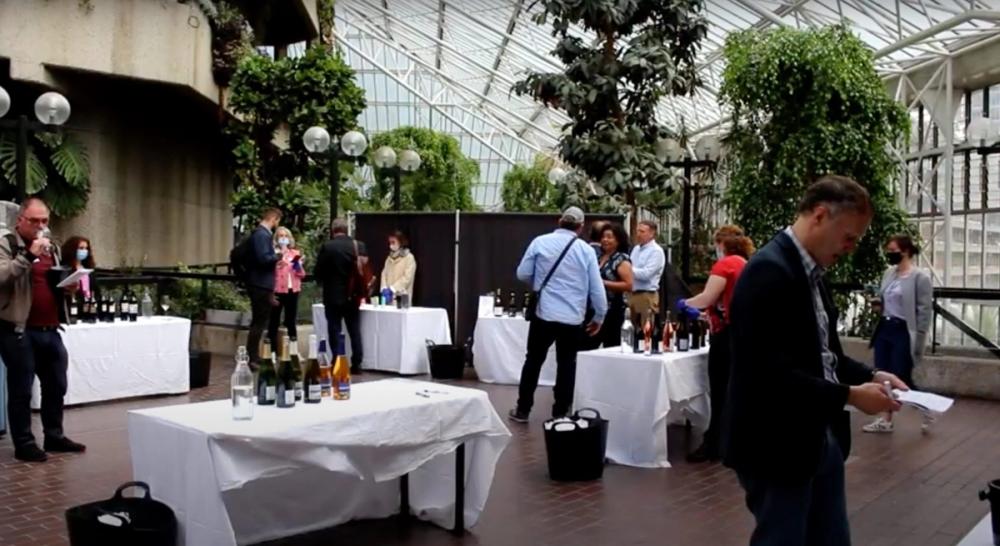
The tasting offered a wide line up of wines from Provence, Champagne, Beaujolais, Languedoc, Rhône and the South West. From offshore France we had wines from Corsica showcasing Niellucciu and Sciacarello, which sound more like gangsters than the island’s key native varieties. And from Martinique, well, not wine – though that would have been interesting – but a range of intriguing pineapple drinks made by Caribbean Vintage, a leading producer in this exotic Department.
Business France sets out to showcase solid, often family-based producers with a good following at hom, but lacking name recognition abroad and wanting to grow their market. As with previous tastings, there were some great producers here, amongst which I would include Languedoc-based Mas Lumen, Corsica’s Domaine L’Enclos des Anges, the Rhône’s Chateau Constantin, the Loire’s Ampelidae and some fabulous pink Provencals from Domaine La Cadenière, La Bargemone and Château Henri-Bonnaud.
So which are my stand outs?
Top 10 Rosés, in no particular order
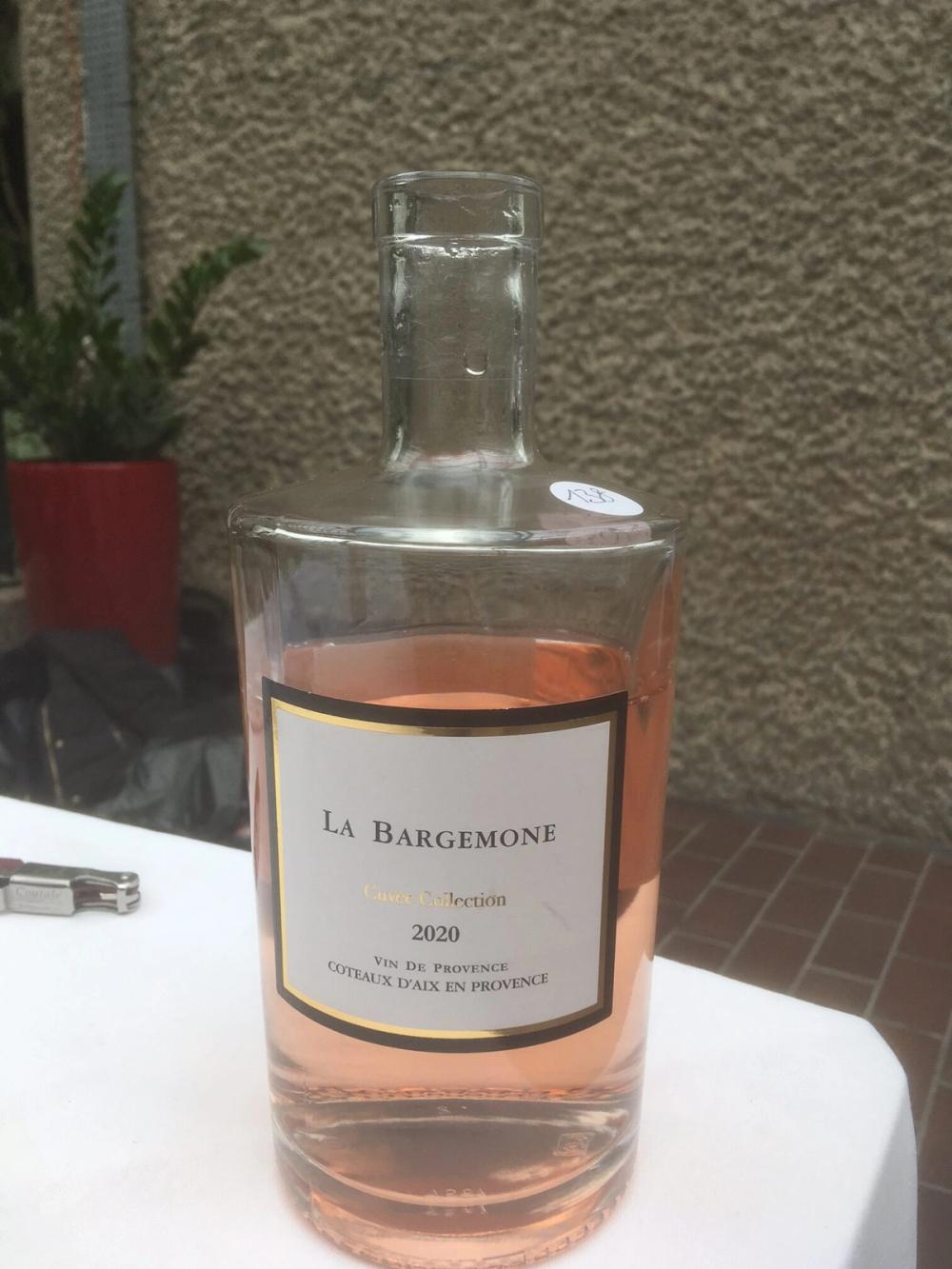
I have great memories of visiting Provence’s La Bargemone years ago and this fabulous estate – originally founded in the 13thcentury by the Knights Templar – exerts a fascinating spell. So too does La Bargemone Cuvee Collection Rosé 2020, a wonderfully moreish, surprisingly meaty and rather atypical blend of Cab Sav, Syrah and Counoise. Fully organic, this is the first vintage made since La Bergemone came into new hands in 2019.
Not far away is the Château Henri-Bonnaud and two of their wines – again, both atypical for Provence – make my list. The Cuvée Quintessence 2020 is an organic blend of Syrah and Grenache, highly distinctive and layered, with lots of dark berry fruit supported by good acidity. Its slightly lighter, more summery brother, the Cuvée Henri-Bonnaud 2020 is an award-winning organic wine made from Mourvedre, Grenache and Cinsault and is the perfect foil for Quintessence: have this for the aperitif before moving onto Quintessence with the food.
Roger Zannier, owner of the Douro’s Quinta do Pessegueiro for the last quarter century, took over Château Saint-Maur several years ago, installing new state-of-the-art equipment and a new winemaker. This cru classe property has since gone from strength to strength and this is reflected in its classy wines, of which L’Excellence, a blend of no fewer than seven grape varieties incluing Carignan, Cinsault and Tibouren was my favourite. Lots of good fruit, structure and perfect acidity, this is Provence rosé at its peak.
For many the most interesting thing about Château Nestuby is that it lies close to Brad Pitt/Angelina Jolie’s Miraval and also to Stephen and Jeany Cronk’s fast growing Mirabeau, now making tracks into the on-trade having pretty much conquered the off-trade with its range of rosés. But Nestuby makes up for the lack of a ‘Mir’ in its name with some good solid unpretentious wines of which the Eau de Vin Rosé 2020 is the most appealing. A blend of five local varieties this is good, well priced, no nonsense Provencal Rosé.
I pretty much liked all Domaine La Cadenière’s wines because this Coteaux d’Aix en Provence producer showed so much variety. Its Cuvée Vallon d’Escale 2020 Rosé is a blend of four varieties – dominated by Grenache and Syrah with Vermintino and Sauvignon Blanc playing bit parts – and is a delicious, nuanced wine worthy of the awards other publications have heaped on it.
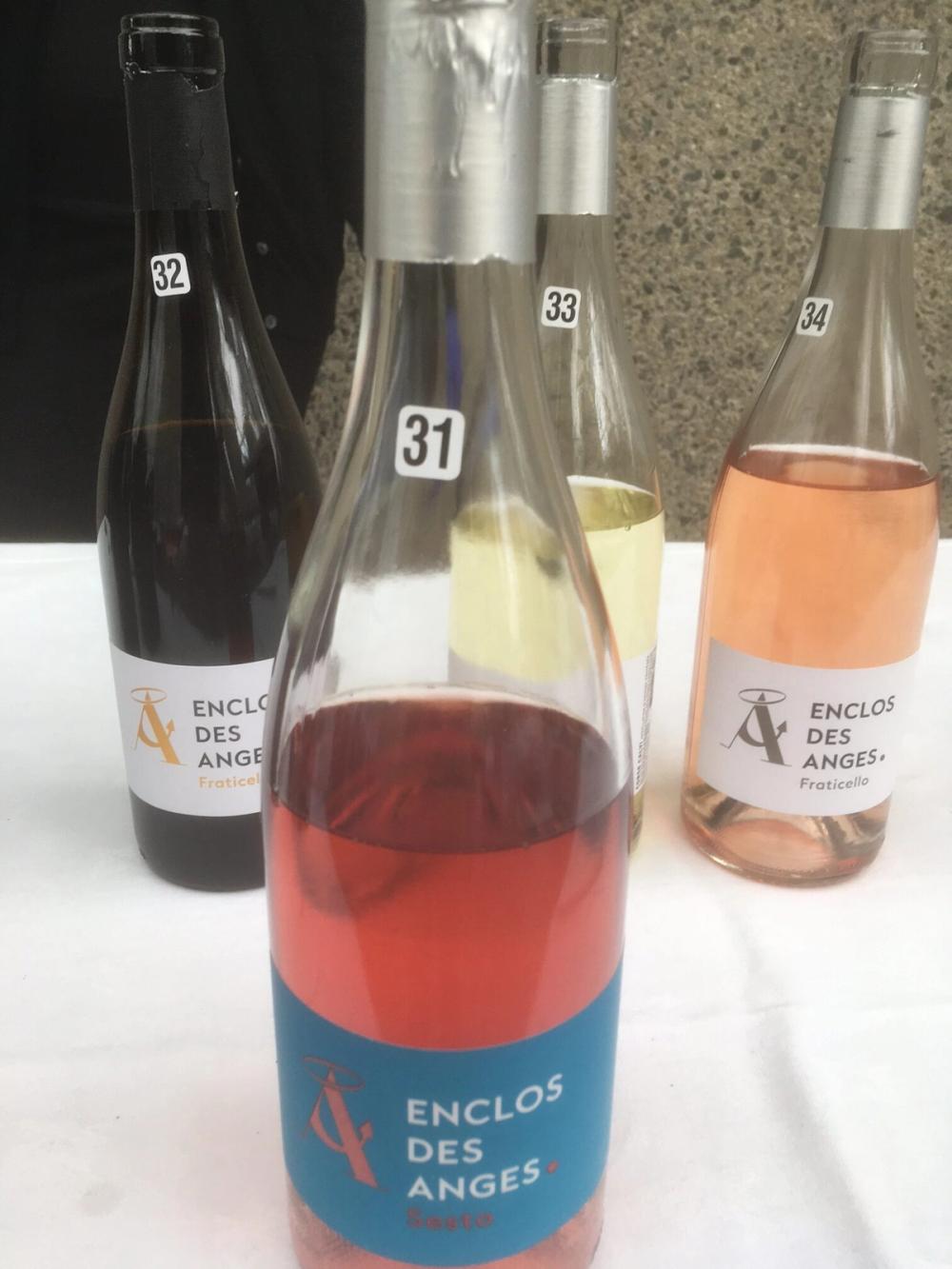
Across in Corsica, Domaine L’Enclos des Anges was established 14 years ago by an Anglo-Irish/French couple and has been going great guns ever since, focused on the local mafia-sounding varieties but also on the likes of Vermintino, the dominant white variety here as in neighbouring Sardinia along with our old friends Syrah and Grenache. All are used to make the Cuvée Sesto Rosé 2020, a darker than usual pink wine that refreshingly shows local character and lots of depth but also lots of freshness so you don’t really notice the 14% alcohol.
Cabernet Franc is, of course, the Loire’s best known and loved red variety and Ampelidae, a 25-year-old organic estate located in the Vienne Department, makes good use of it, not least in its Armance B Rosé, a vin mousseux made by the traditional method and great value with an ex-cellar price of around €7. A dry attack evolves into a moreish, warming sparkling wine, unlike anything I have tried for a while. In a good way of course.
It’s summer, well, sort of, which means Pink Champagne is a must (so to speak), so look no further than Champagne Charles Ellner’s Rosé Brut NV, a rich and perfectly balanced wine, with lots of the elegance you would expect from a 116-year-old family producer. This surprisingly weighty wine is now sold by Harvey Nicholls, which probably tells you all you need to know.
From Gaillac’s Domaine Gayrard, the Maurice 2020, an IGP Côtes du Tarn rosé made from Merlot, Cab Sav and Syrah, startled me at first with aromas of Ribena. But, on the palate, the wine evolves with some complexity, showing forest fruit and lots of local character. A snip at €3-4 ex-cellar, showing how much value the South-West region continues to offer.
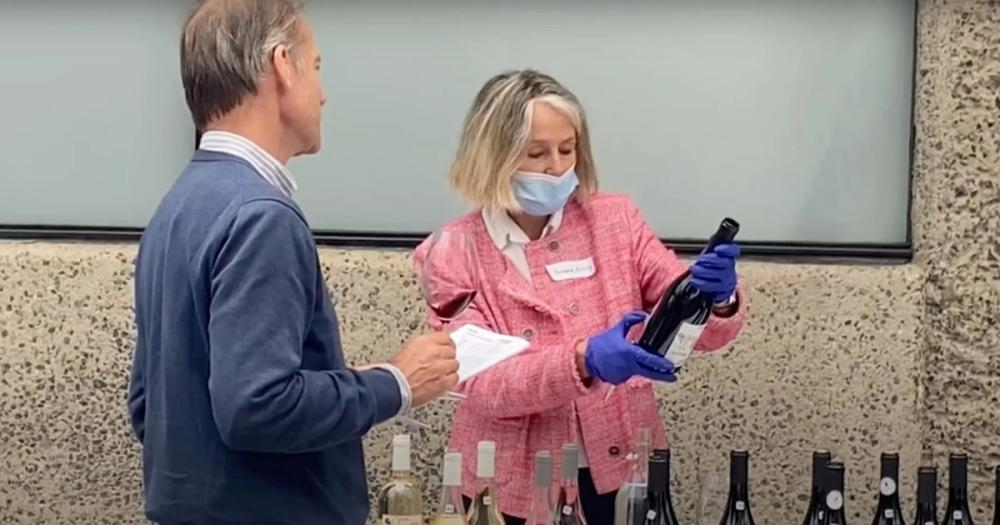
Top 10 Organic Wines
With Chenin Blanc so dominant in the Loire, it was surprising to come across this soft, dry and rather delicate Sauvignon Gris made by Ampelidae. The Fie Gris 2019 has won quite a few Bio awards and it’s easy to see why: this is has an attractive buttery nose and some depth, with the fruit well supported by acidity.
The Rhône Valley’s Château Constantin had a huge range on show including, what I’m told were, great red and white amphorae wines – made from respectively Cab Sav and Chardonnay – but I sadly didn’t get to try them. What I did try though, and liked very much, was the Cuvée O an organic blend of Vermintino and Viognier from AOC Luberon, quite full-on, with lots of bold peach and apricot flavours on the palate and a long finish. I’ve not often had this blend but it works very well.
After years in the wilderness, Beaujolais is popular again with UK consumers and producers like Château de la Chaize are at least part of the reason why. It seems extraordinary that until four years ago, when control was passed to another family, this estate stayed in the same family since its foundation, all the way back to 1676. The Côte de Brouilly 2019 is a quite earthy take on the Gamay grape, with lots of dark berry fruit and warm spices supported by fine tannins. Still very young, this will evolve nicely over the next few years.
Domaine L’Enclos des Anges’ range is part organic and part conventional, and amongst the latter, I really liked their flagship red Cuvée Sesto Rouge 2018 which shows the local gangster-sounding grapes Niellucciu and Sciacarello to great effect, blended with Syrah in a dark, almost mysteriously nuanced blend. This is a brooding wine you would be wary of in an alley late at night (not least because it’s so dark you wouldn’t see it). Of the organics, the Fraticello Rouge 2019 was very appealing, almost rustic on the mid palate, but showing lots of fruit and again, the dark colours for which Niellucciu and Sciacarello are renowned. At 14%, full on.
Domaine La Cardenière may be in Provence but it’s about a lot more than just rosé. I particularly like their surprisingly rich and fruit-charged white Vallon d’Escale 2020, a blend of 93% Sauvignon Blanc and 7% Vermintino (or Rolle as they call it in these parts). And the organic Vin de France Petillant 2020, made from 100% Muscat Petit Grains was a guilty pleasure. A little on the sweet side maybe but imagining this, with a nice view of the Med and some nibbles before a seafood dinner, is enough to make you weep.
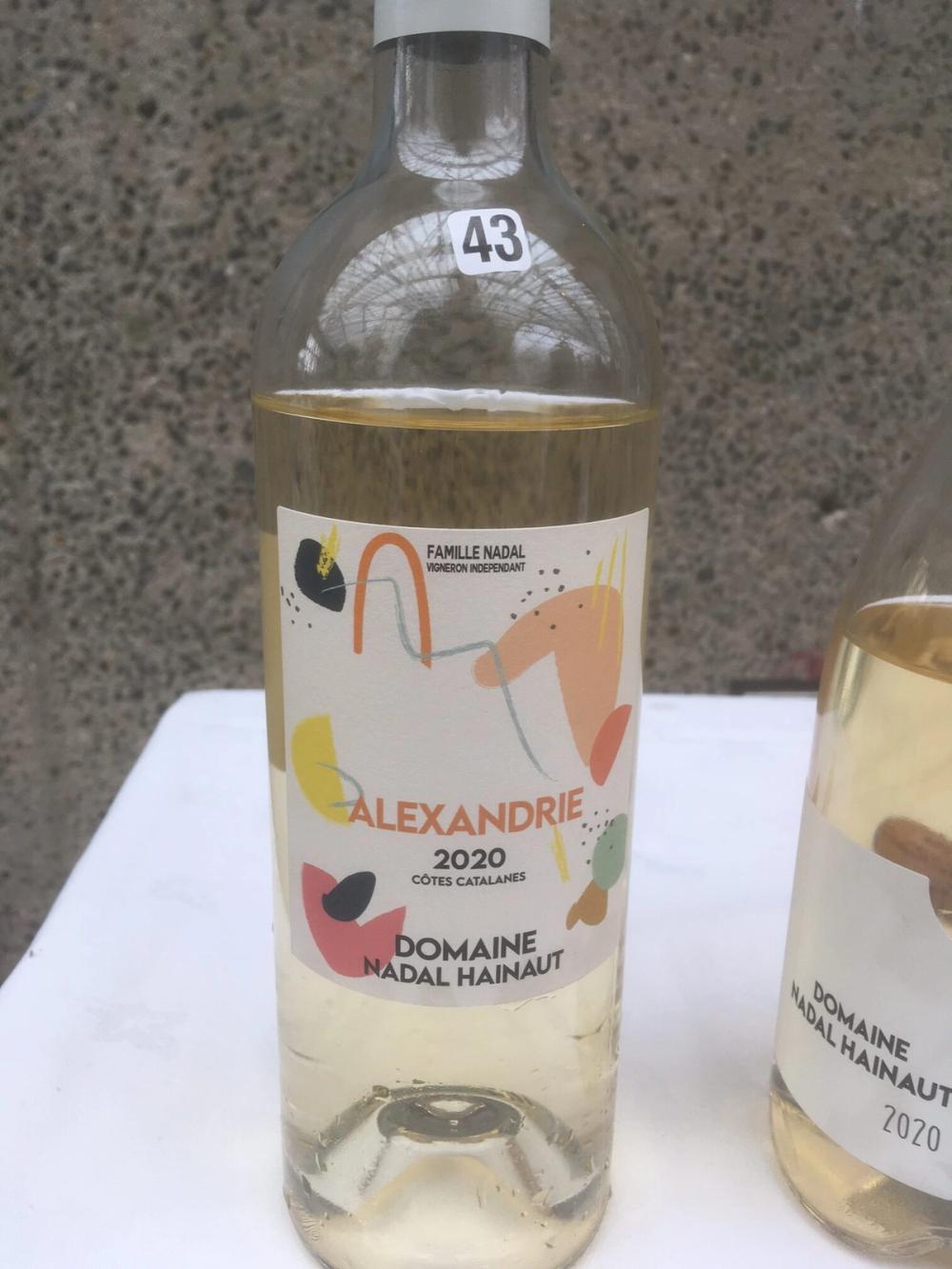
More Muscat courtesy of two wines by Roussillon producer Château Nadal Hainaut, an estate founded back in 1826 on the site of an old monastery, located between the mountains and the Med. The first, the Alexandrie Muscat Sec 2020 from IGP Côtes Catalanes is (as it says on the lid), dry but gives a wonderful and quite unusual take on a variety we’re accustomed to drinking with higher residual sugar. The second, the Muscat de Rivesaltes AOP is a Muscat Petits Grains and Muscat D’Alexandrie blend and wonderfully moreish, rich on the palate with a long finish. Two good value organic wines from two often underrated varieties.
I’ll freely admit I’d never heard of, let alone tasted, the variety Terret Blanc but the Lumen Orphee 2019, produced by Languedoc producer Mas Lumen, really had my taste buds singing. I’m sure old Languedoc hands are familiar with the variety but for me it tasted akin to a highly mineral Viognier but with added saline character, and lots of things happening in the middle and back palate. An ancient grape apparently but if other wines made from it all taste as good as this, one with a good future.
And finally….
I said I’d arrived at the Barbican without getting lost but London’s infamous concrete maze wasn’t going to let me go that easily. Leaving Level 4, I followed the signs for Moorgate only to find myself near St Paul’s and the Museum of London. ‘Plus ça change’, plus c’est la meme chose’, as they say over the Channel. But at least I’d tried some ‘vins très intéresant’ and some ‘vins très bon’, further evidence that French producers – especially some of the lesser known ones – continue to make some of the most diverse and interesting wines on the planet.
- There is a still an opportunity for buyers to taste the wines that were at the tasting by following the link on the Business France website here.
- If you would like to talk about any of the wines or producers involved then you can contact Business France’s Pandora Mistry on pandora.mistry@businessfrance.fr.
- To see a short video about the ‘Tastin’ France French Rosé & French Organic’ tasting click here.































